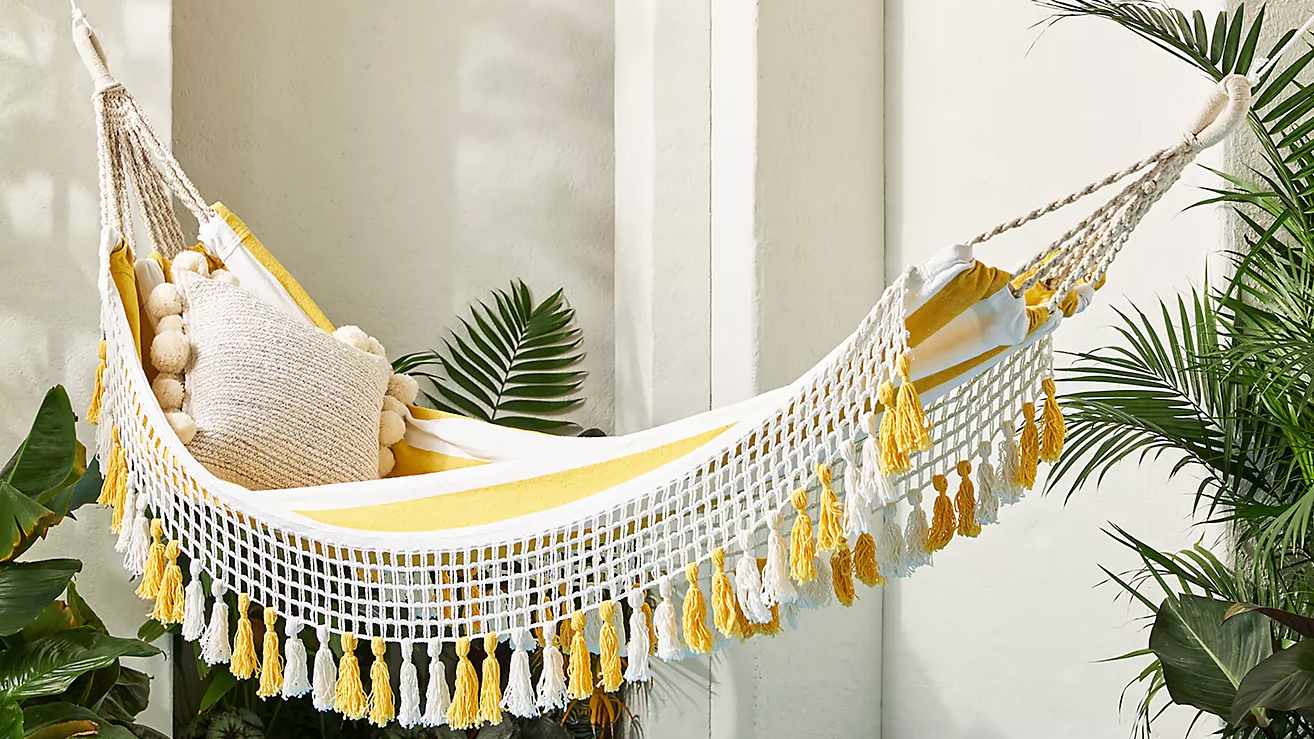Tent? Check. Sleeping bag? Check. Rocking chair, air mattress, and insulated coffee press?
Hard-charging backcountry adventurers may scoff at the idea of lugging such luxuries. But for many, getting out of doors doesn’t imply going off the grid, and tenting shops are rolling out items that allow customers to bring at least a number of the comforts of home into the excellent outdoors.
“The humans going to go on a 3-week hike and take the whole thing on their lower back, that becomes the appropriate consumer ten years ago,” stated Matt Powell, senior adviser for the sports activities industry at NPD Group, a marketplace studies company. “Now, it’s a person using to a kingdom park, dozing next to their automobile in a tent and seeking to bring as many creature comforts as they could.”
Sydney Even, 24, of Glencoe, said she objectives for a happy medium between bare-bones camping and “glamping” and takes a battery-powered air mattress on weekend camping journeys. “It helps get greater of my friends into it that aren’t big outdoors people,” stated Even, trying out out a rocking camp chair on the Northbrook REI ultimate late month. She became choosing up a sun-powered lantern for a weekend ride to a campsite outdoor Indianapolis.
Camping’s recognition has been notably consistent during the last decade, consistent with a 2018 record from the Outdoor Foundation, a now not-for-earnings mounted with the aid of the Outdoor Industry Association. But a separate survey shows that the type of tenting journeys being taken has shifted as outdoor fanatics choose more common excursions and live toward home. The percentage of individuals who camped three or different instances in a year grew between 2014 and 2018, as did the ratio of campers touring fewer than 50 miles from domestic, in keeping with a survey from Kampgrounds of America, a franchise with extra than 500 locations in North America.

Paul Calandrella, widespread vending supervisor for camping at REI Co-op, factors to speedy-paced, continually-linked lifestyles that make it tough to embark on prolonged, off-the-grid tours; however, depart purchasers yearning ways to get away and explore the outside. For others, a shorter, less-rustic experience can be a manner to reinforce self-belief in their potential to tackle a journey, stated Northbrook REI consumer Liz Ramirez.
“There’s a worry you might not prevail or don’t have the potential to suppose through a hassle,” said Ramirez, 48, of Chicago, who is preparing for a journey in which she’ll hike between huts as opposed to conveying all her gear. Whatever the reason, informal trips close to home, a vehicle, or a cabin apartment make it less challenging to travel with gadgets like campsite fixtures, properly-stocked coolers, and kitchen system, Powell said.
Young city consumers are also much less likely to have a huge basement or garage to stuff with gear. Both pick interests that require much less system or lease large-ticket objects before an experience, Powell said. Even as overall camping system income held regular over the three hundred and sixty-five days ending in March compared with the earlier 12 months, sales of camp tables and transportable audio and contact with accessories rose 20%. Purchasers spent approximately 25% greater on insulated beverage boxes, in keeping with NPD Group.
“It’s truly about taking my ordinary existence accessible with me,” Powell stated. For a few, that includes era. A few years ago, spotty cellular phone carriers in lots of outside areas made traveling with portable chargers “truly irrelevant,” stated Michael Parker, director of income and advertising and marketing at Chicago-based LuminAID.
The organization makes sun-powered phone chargers and lanterns designed for global resource people and sold to outdoor enthusiasts. Now that cellular carrier is more excellent extensively available and plenty of clients use smartphone cameras to report their adventures, Parker stated that there is extra interest in tech add-ons for the outdoors. Outdoor brands and shops say they may be focusing greater on clients taking a social, leisure method to their out of doors hobbies in recent years.


![Discovering the Charm of Post House Inn: A Memorable Stay in the Heart of [Location] 3 Discovering the Charm of Post House Inn: A Memorable Stay in the Heart of [Location]](https://aws.wideinfo.org/getawayline.com/wp-content/uploads/2024/01/23152340/Post-House-Inn-Exterior-768x521-1-75x75.jpg)













![Discovering the Charm of Post House Inn: A Memorable Stay in the Heart of [Location] 17 Discovering the Charm of Post House Inn: A Memorable Stay in the Heart of [Location]](https://aws.wideinfo.org/getawayline.com/wp-content/uploads/2024/01/23152340/Post-House-Inn-Exterior-768x521-1-120x86.jpg)



